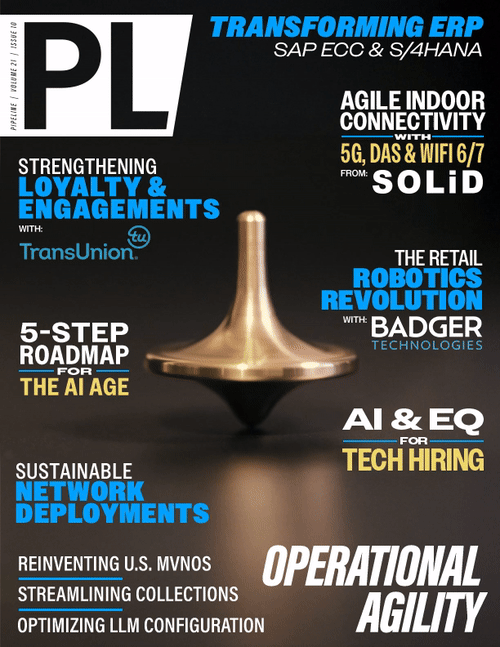With pervasive connectivity available for users and devices, any business or public institution can enhance operational agility, resulting in optimized efficiency, productivity, and profitability regardless of building size or configuration.
an expensive overlay of new infrastructure or a complete rip-and-replace project may be required to support new 5G spectrum using time division duplexing (TDD) timing sequence. However, modular
systems offer an upgrade capability, allowing additional amplifiers or add-on remote units to be installed to support new 5G bands or sectors. This enables a more cost-efficient and
sustainable approach to technology migration.
Yet even after upgrading DAS equipment to support new frequency bands, additional modifications may be required to enable seamless in-building coverage. This is due to a shorter signal
propagation range of new 5G mid-band frequencies, such as the C-Band spectrum, versus legacy mobile spectrum. These new bands are more easily blocked by interior walls, furniture, and
energy-efficient glass, resulting in a smaller in-building coverage footprint.
As a result, when upgrading legacy DAS installations to utilize mid-band spectrum, antenna replacements, additional amplifiers, or other modifications may be necessary to match the existing
in-building coverage footprint. Of course, every in-building deployment is unique. The size, materials, and layout of a specific building or campus all require careful evaluation to determine the
most appropriate type of DAS platform and how it should be deployed.
Advancing Technology
Yet, some small to mid-sized enterprises, hospitals, schools, or hotels may not need or be able to afford a dedicated in-building DAS system with dedicated capacity. These small and medium-sized
enterprises require an alternative solution to meet the mobile connectivity needs of their employees, tenants, students, patients, and guests. This need is especially crucial for businesses that
allow a bring-your-own-device (BYOD) policy, where connectivity can be mission-critical, such as hospitals and data centers.
As wireless communications technology has advanced, recent developments now enable alternative DAS system offerings to meet the needs of small and medium-sized enterprises as quickly, simply, and
affordably as possible. By employing “off-air” signals from the nearest public cell site, these Federal Communications Commission (FCC) Part 20 consumer signal boosters enable a shared-capacity
DAS solution that can deliver reliable mobile coverage inside small to mid-size buildings, such as those measuring around 150,000 square feet or smaller, or those with less population
density.
Shades of DAS Differences
It is worth taking a moment to understand the differences among off-air DAS solutions. Legacy off-air repeater systems (FCC Part 20 industrial signal boosters) require retransmission agreements
from each mobile network operator, due to the risk of destructive interference to the outdoor macro network. Obtaining this approval can be very challenging, leading to uncertain outcomes and
project delays.
Other solutions that fall under the FCC Part 20 consumer signal booster rules comprise two general types. The first of these is a wideband signal booster, whereas the second, more advanced type
is a channel-selective signal booster. The wideband signal boosters amplify both intended and unintended signals within the supported frequency bands, which limits performance. On the other hand,
channel-selective signal boosters amplify only the best channel available within a frequency band, providing higher quality signals and an enhanced user experience.
Because this latter type of channel-selective solution is authorized by the FCC and is carefully designed to prevent interference with macro networks, building owners, businesses, and third-party
operators do not require retransmission agreements from mobile network operators. In this way, small and medium-sized enterprises can quickly access in-building connectivity that works with all
major network service providers, supported by nearby cell sites, and enjoy multi-operator coverage that can be expanded without disrupting service.
Some of these Part 20 DAS channel-selective consumer signal booster systems utilize standard structured cabling infrastructure to distribute mobile communications throughout small to mid-size
buildings, which is quicker and easier to install and maintain than coaxial cabling. Unobtrusive remote units are then installed in areas of the building that need enhancement to ensure seamless
in-building coverage.
Agile at the Edge
With pervasive connectivity available for users and devices, any business or public institution can enhance operational agility, resulting in optimized efficiency, productivity, and
profitability regardless of building size or configuration. Today, various technology options are available, enabling building owners and network operators to select the neutral-host
solution that delivers the best balance of performance, scalability, and cost-effectiveness to satisfy the mobile connectivity needs of their employees, tenants, and guests.



















